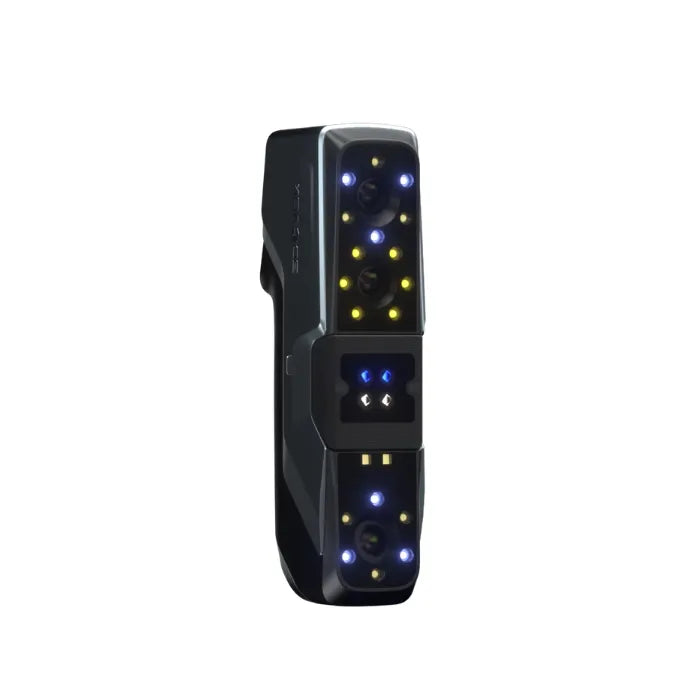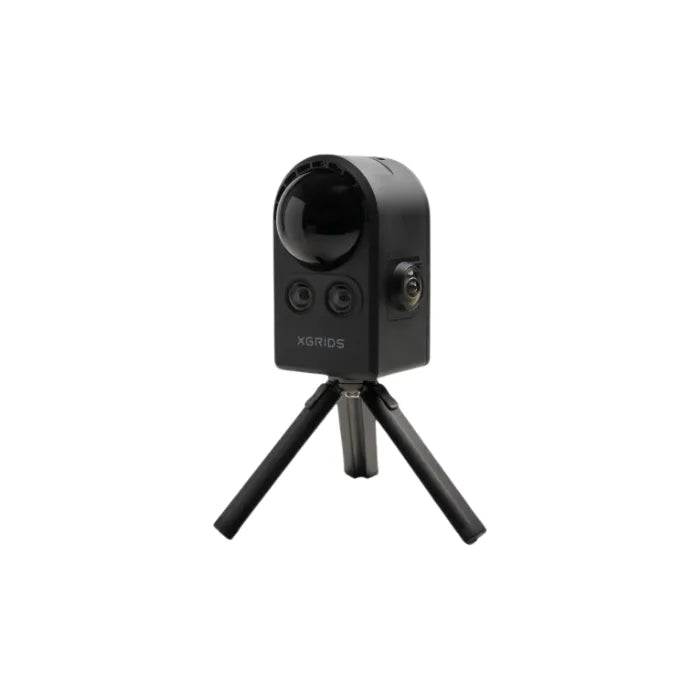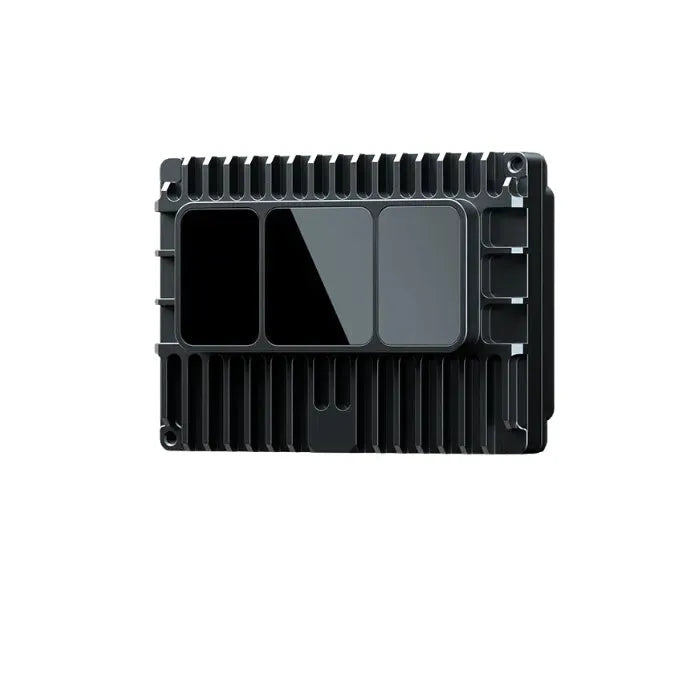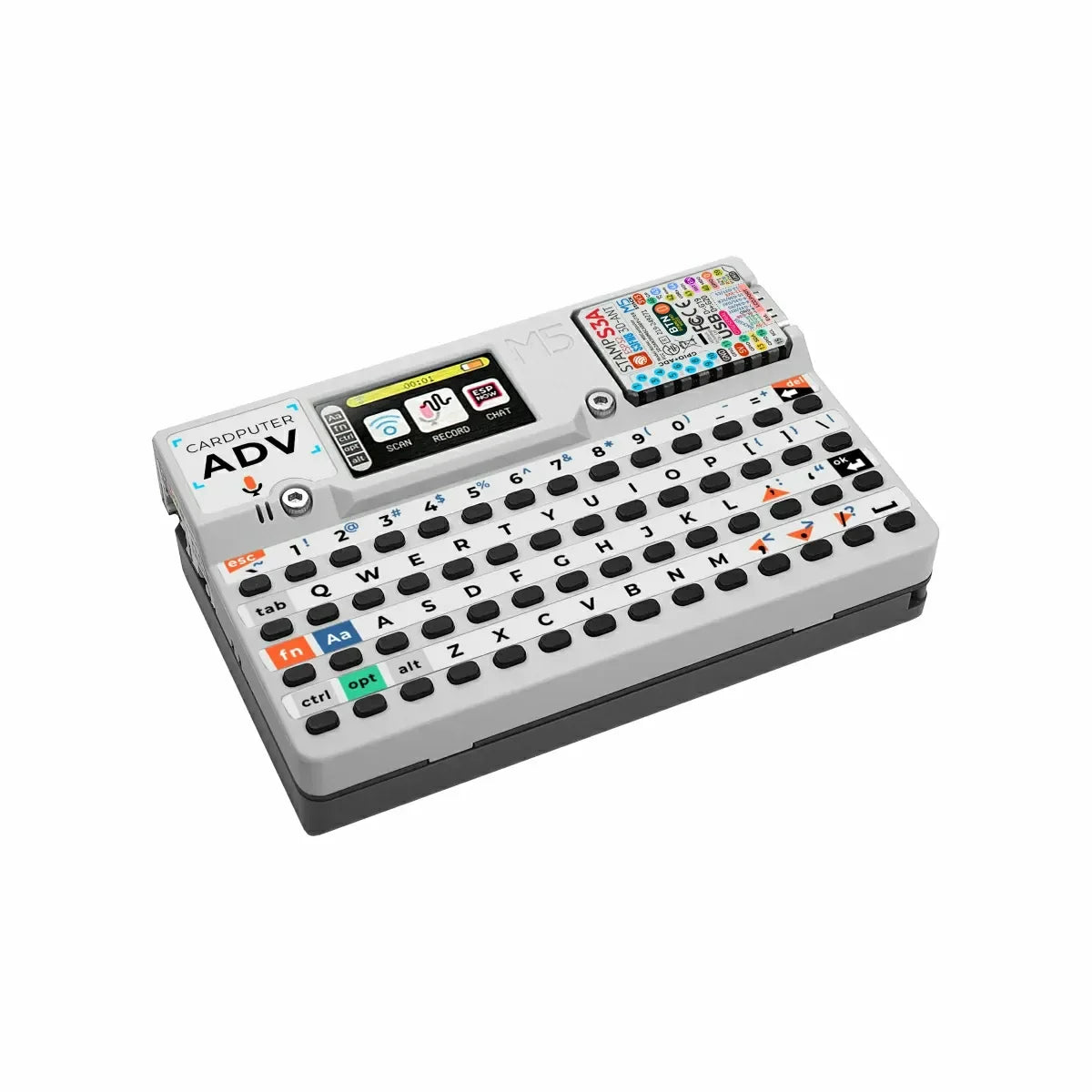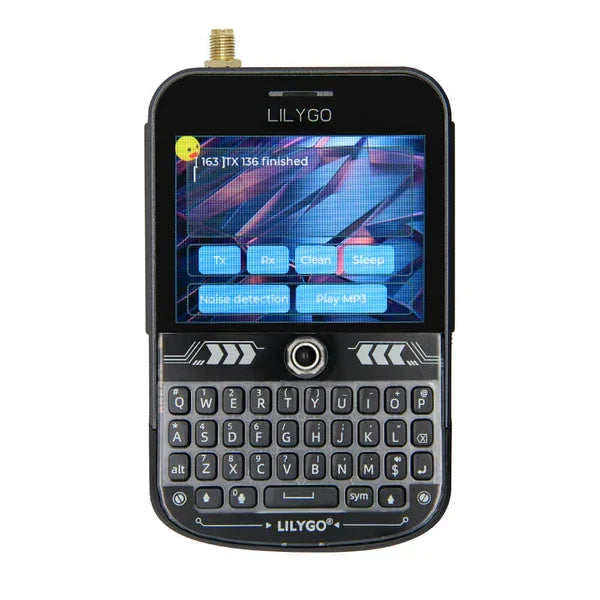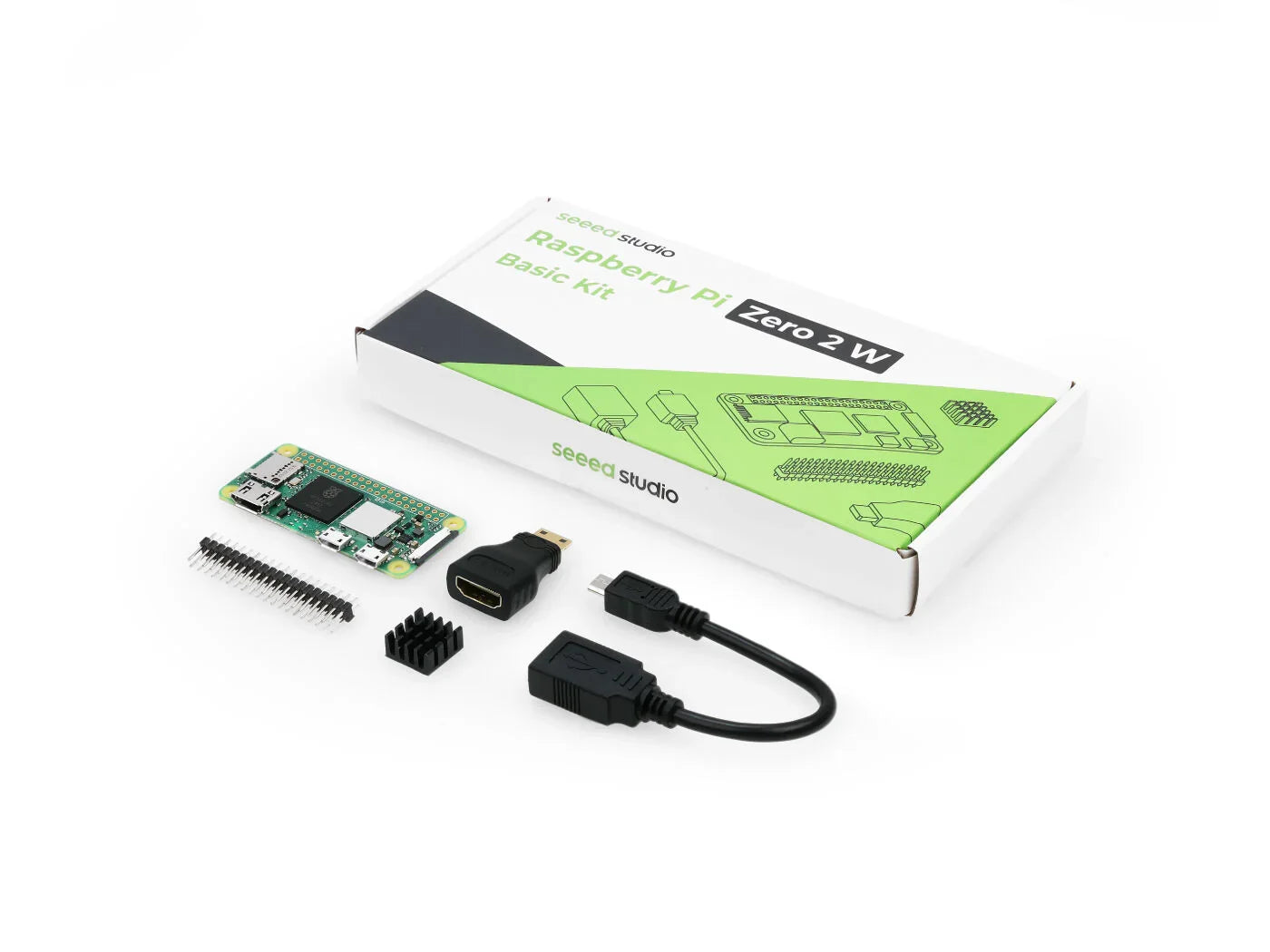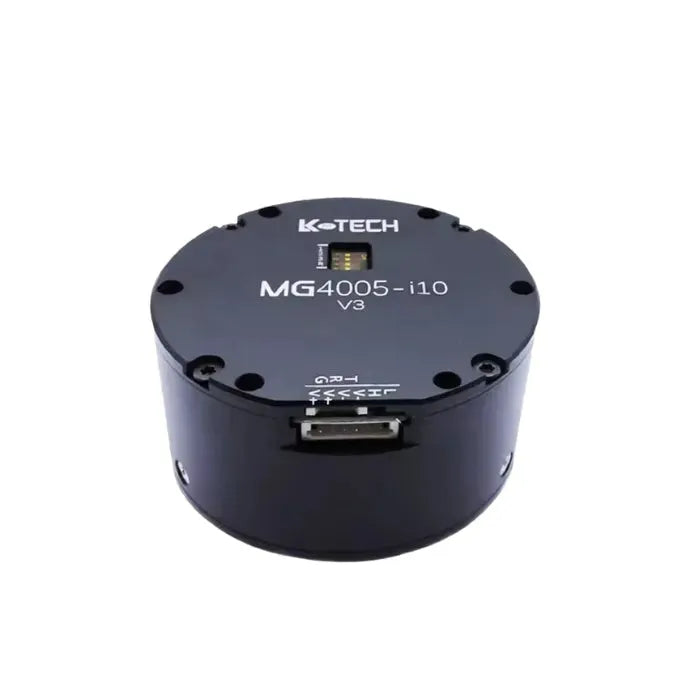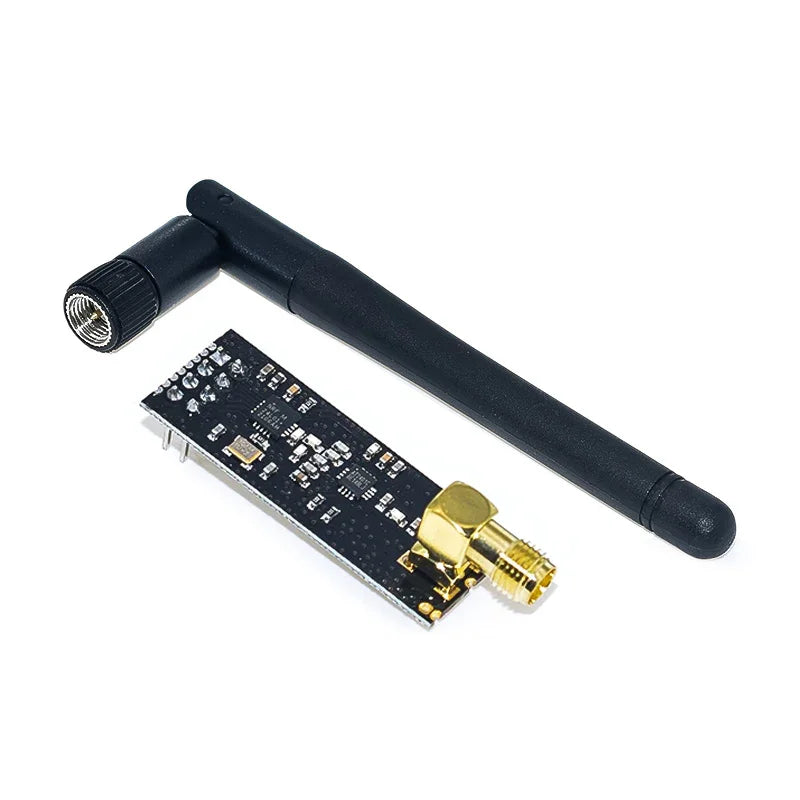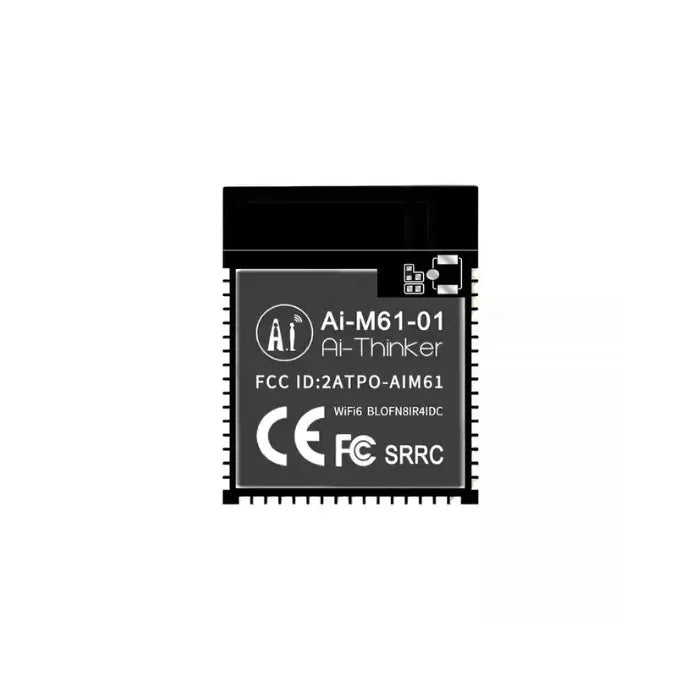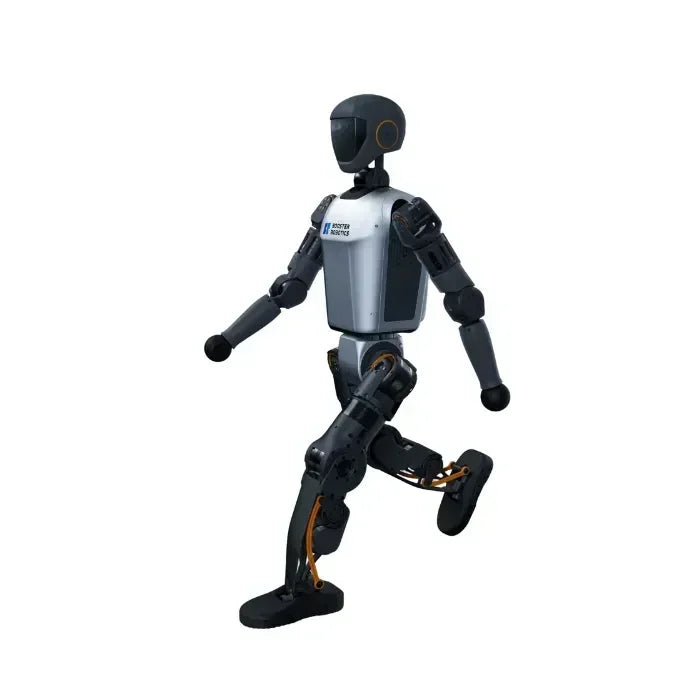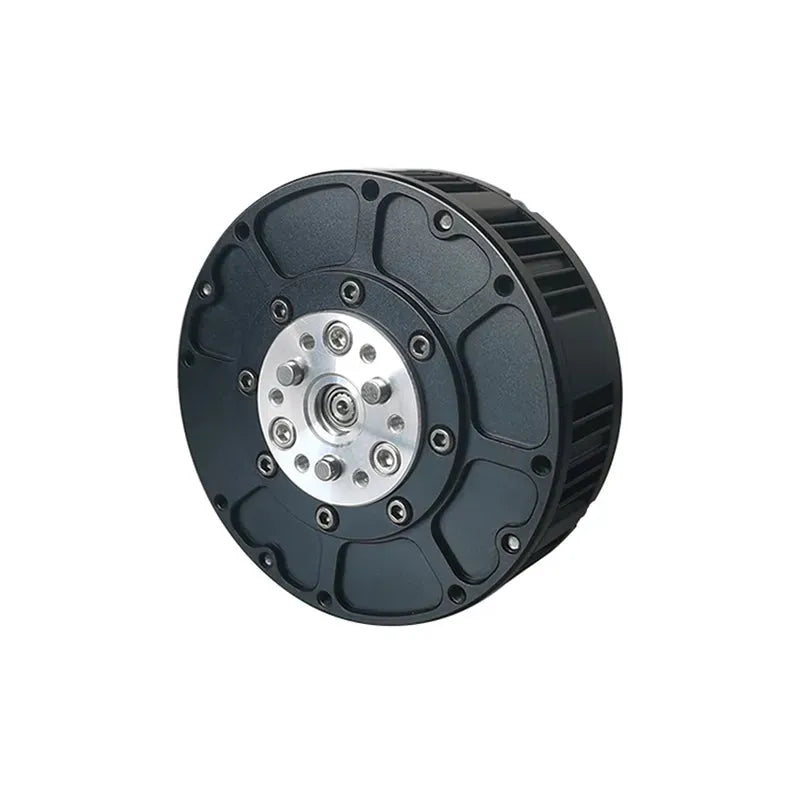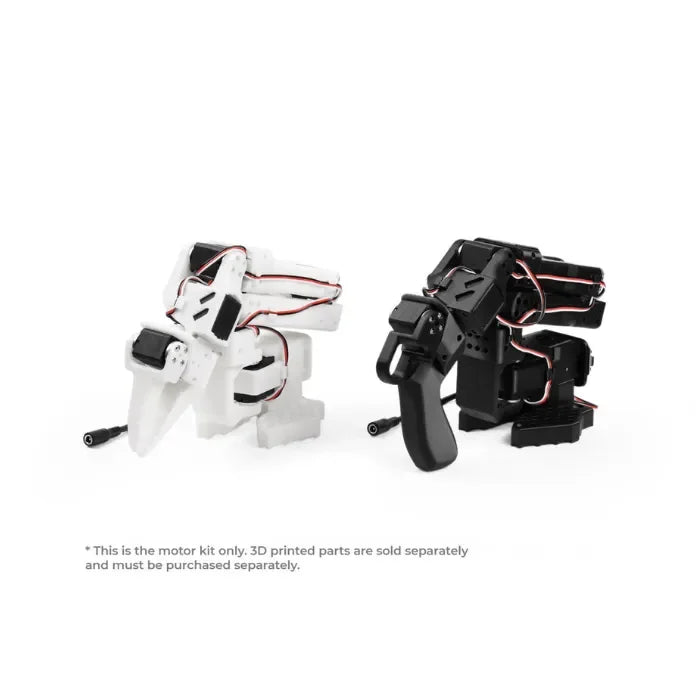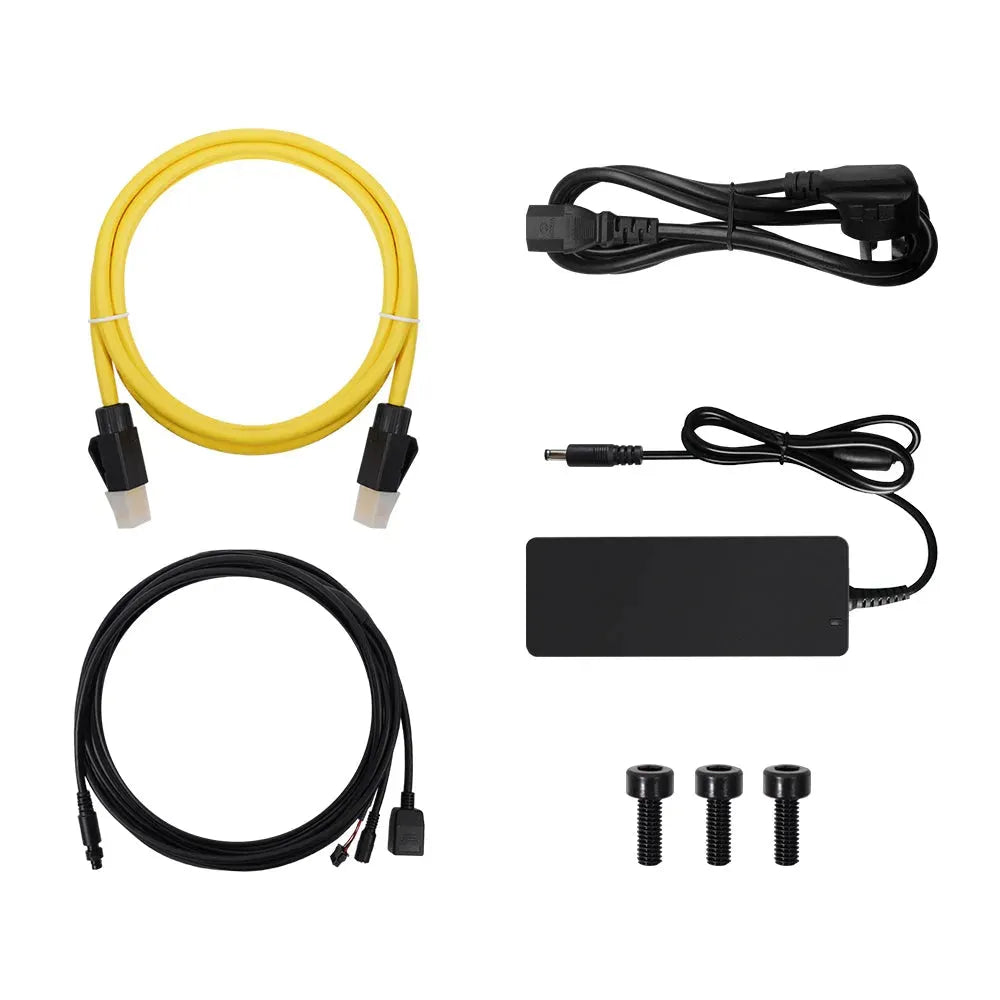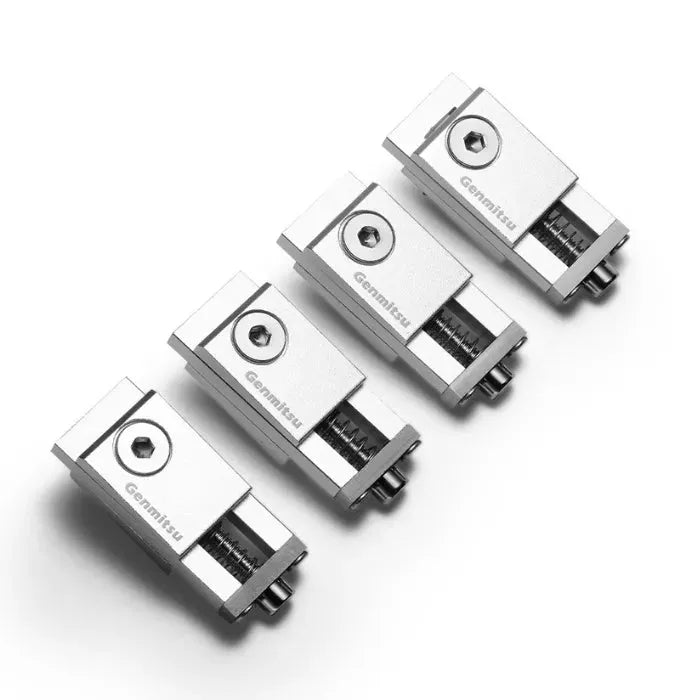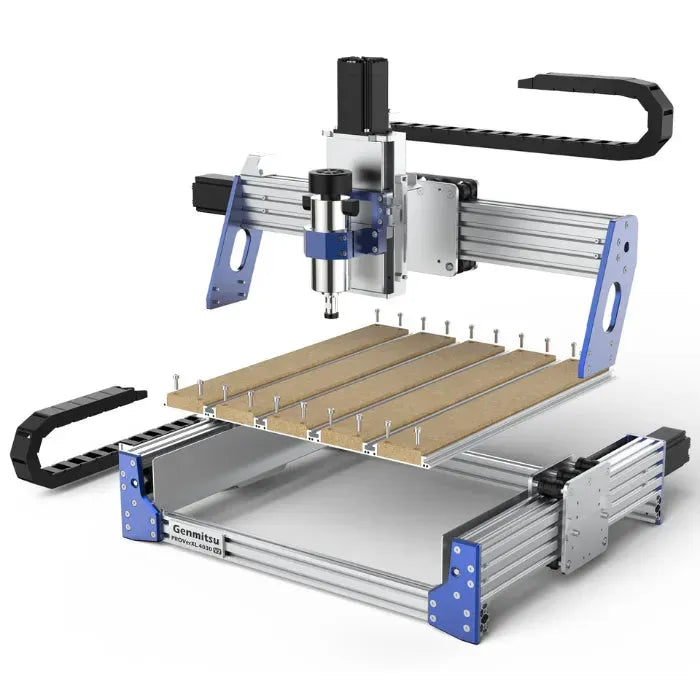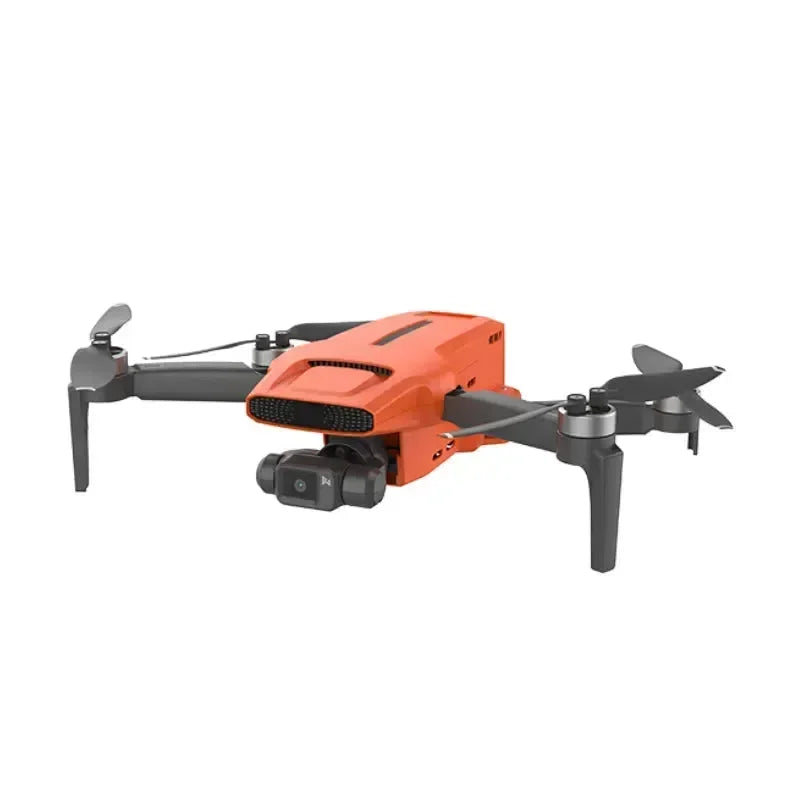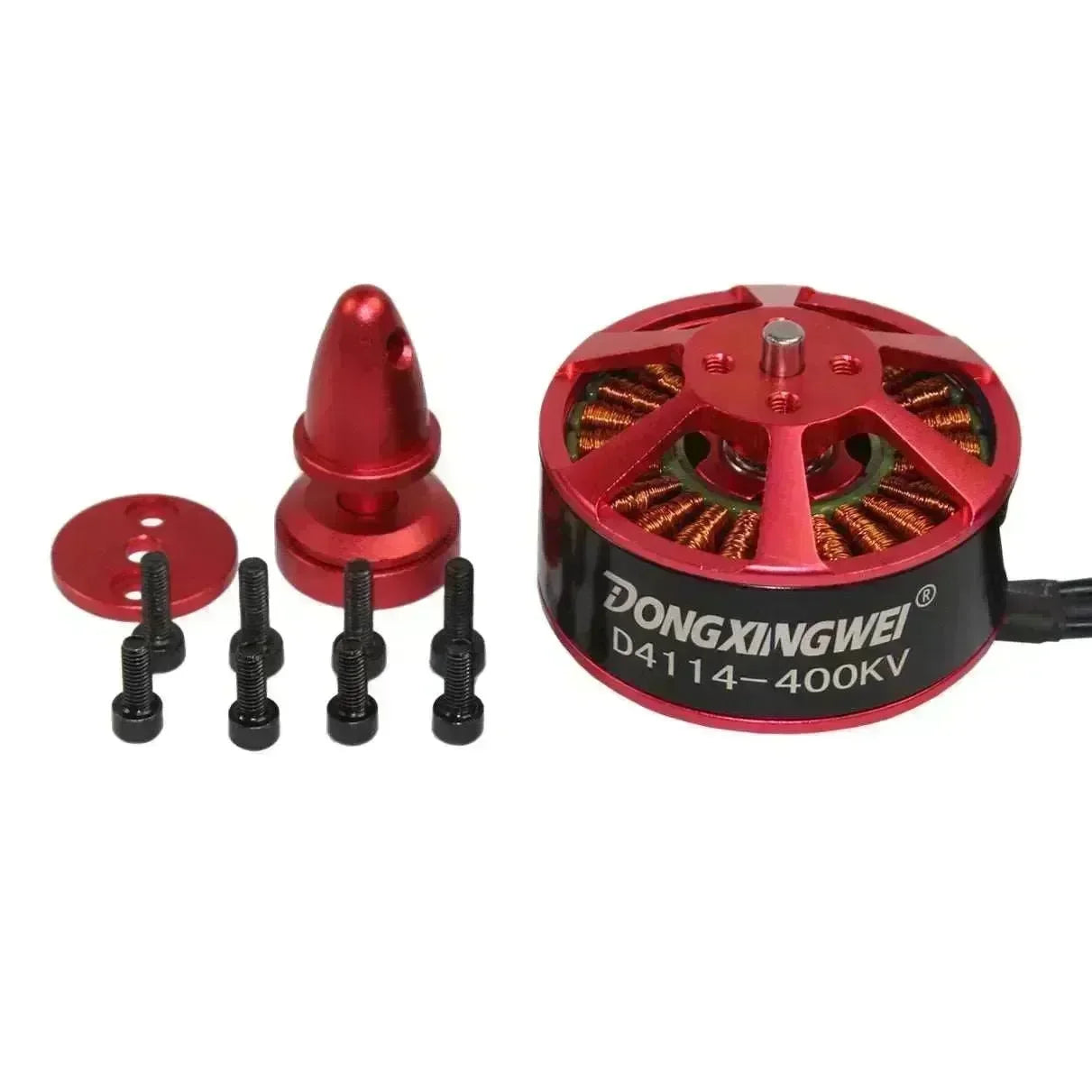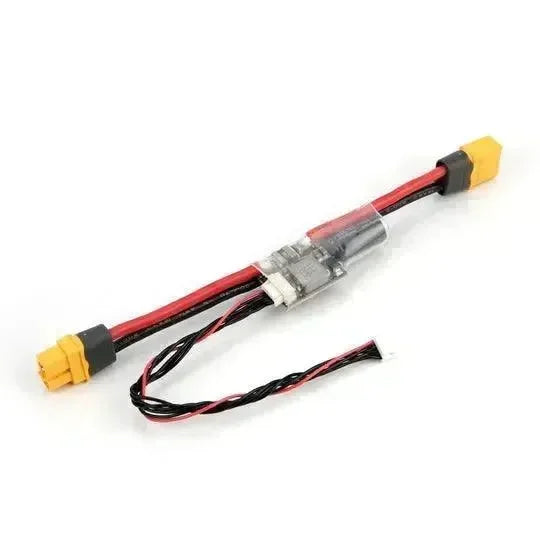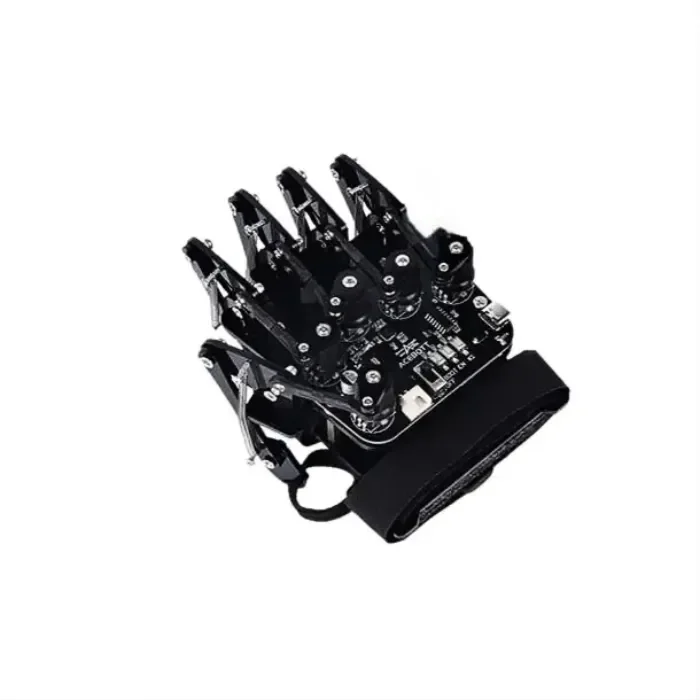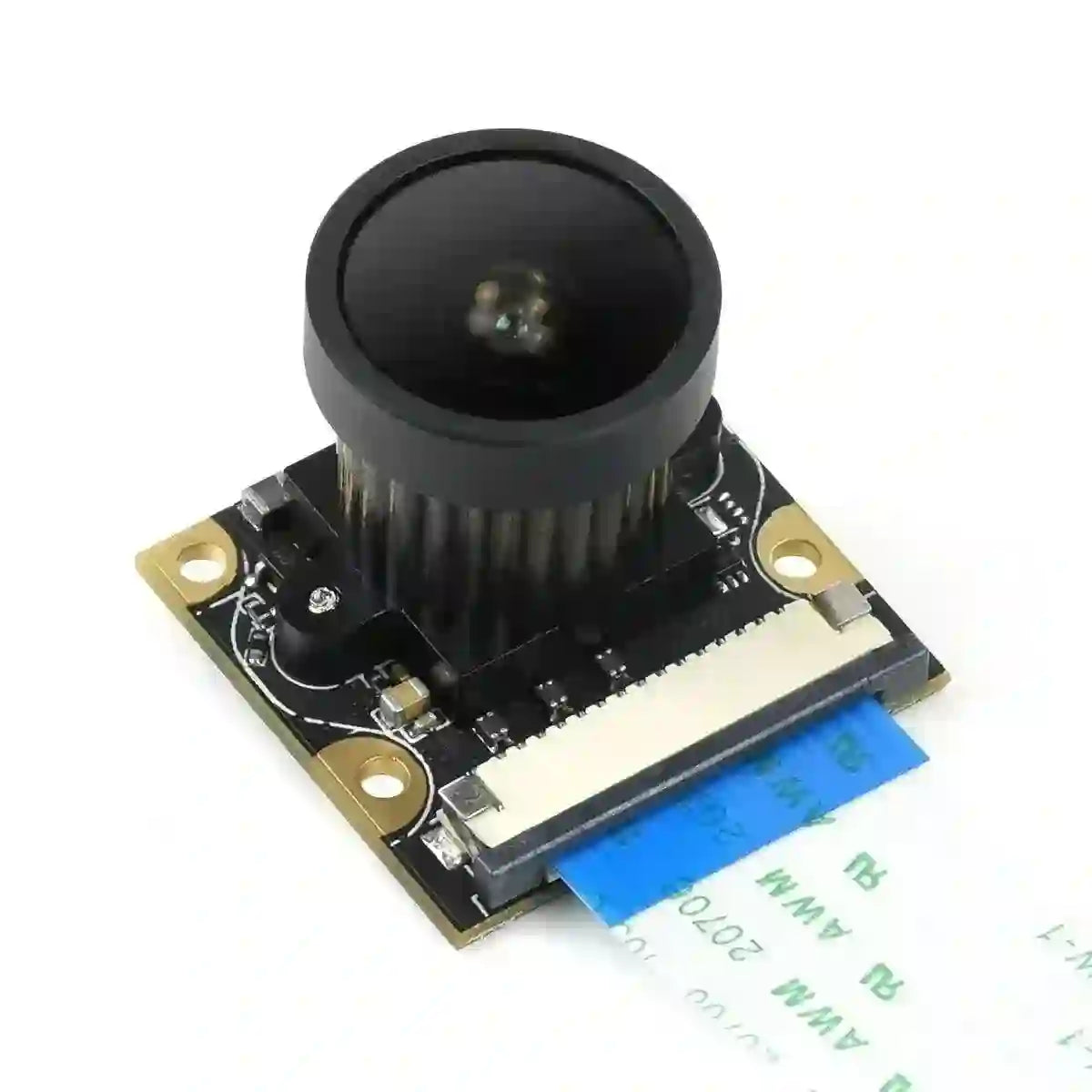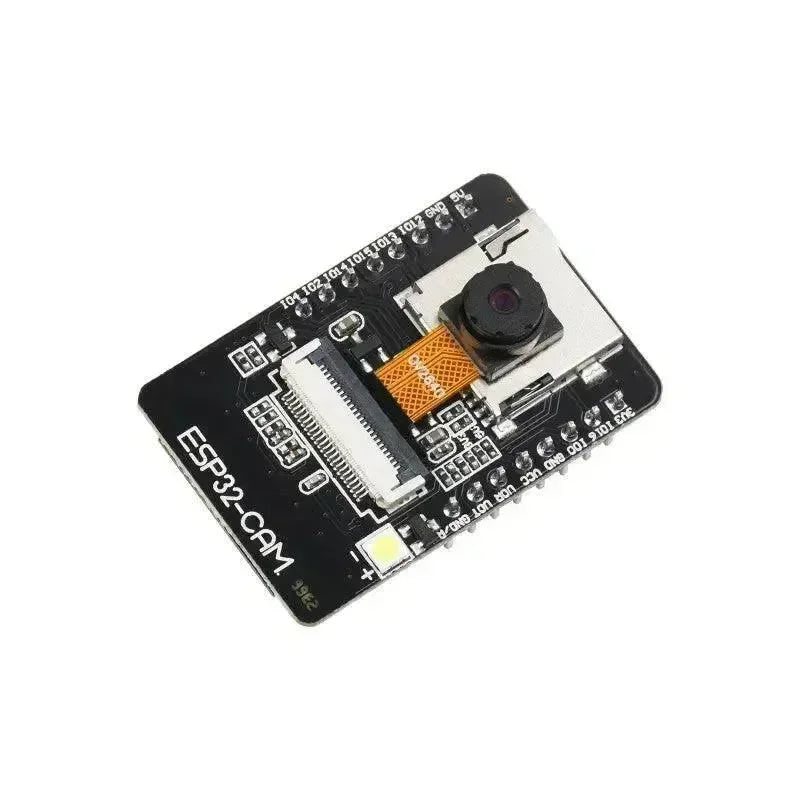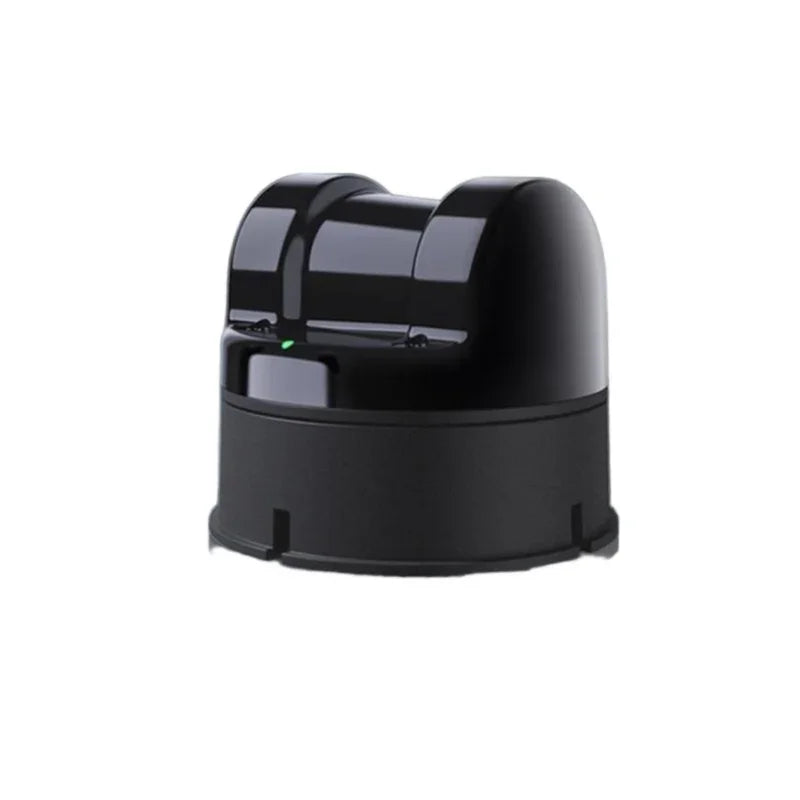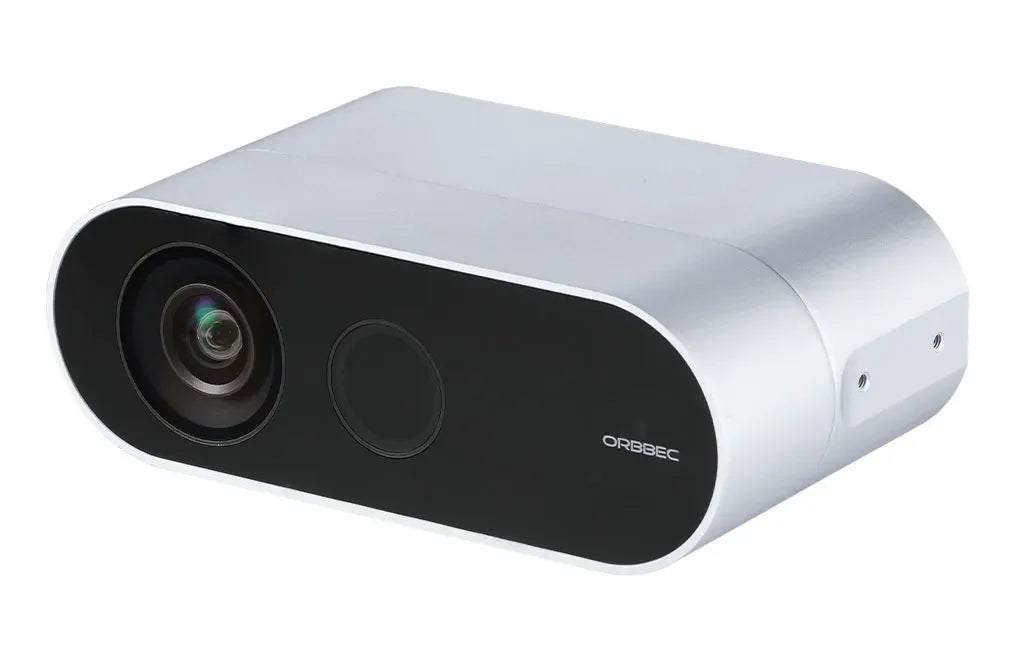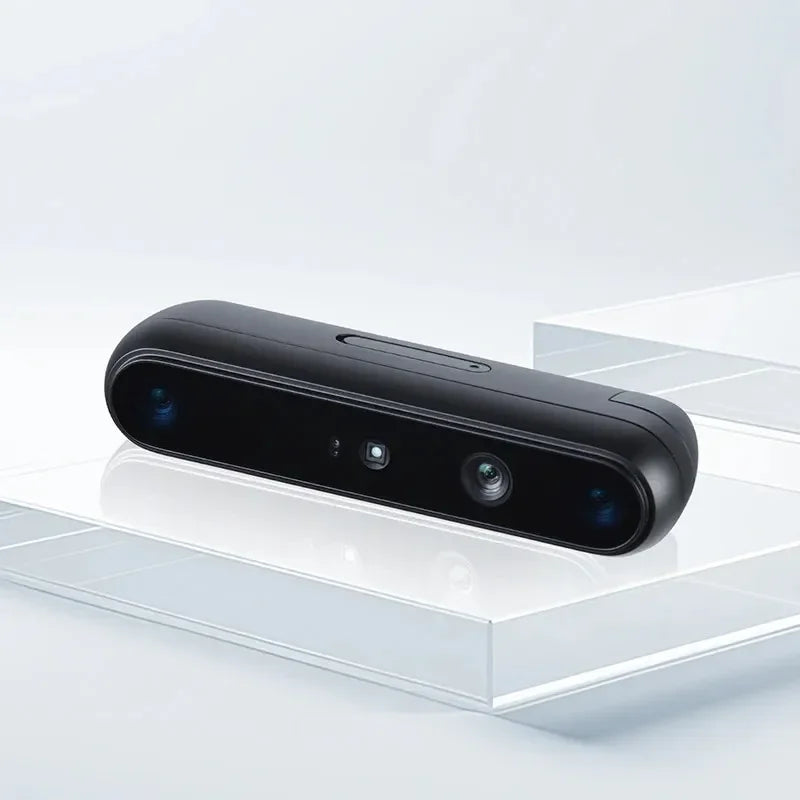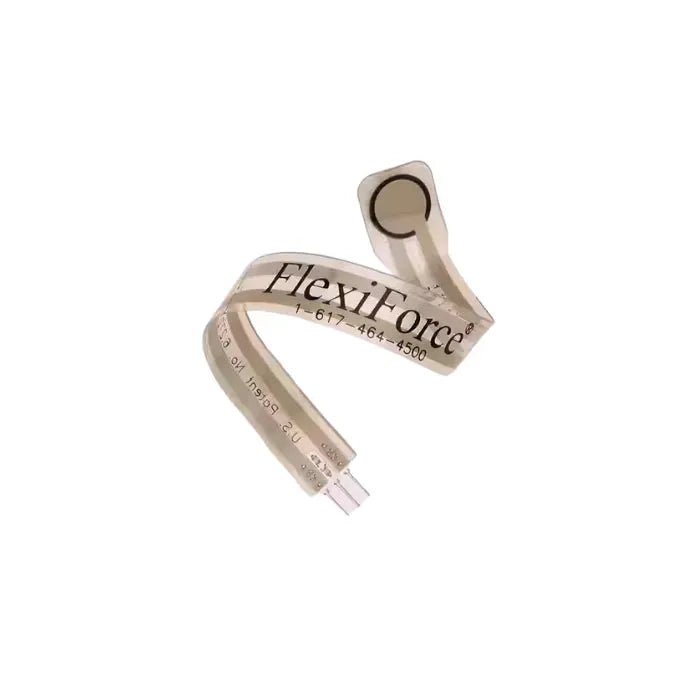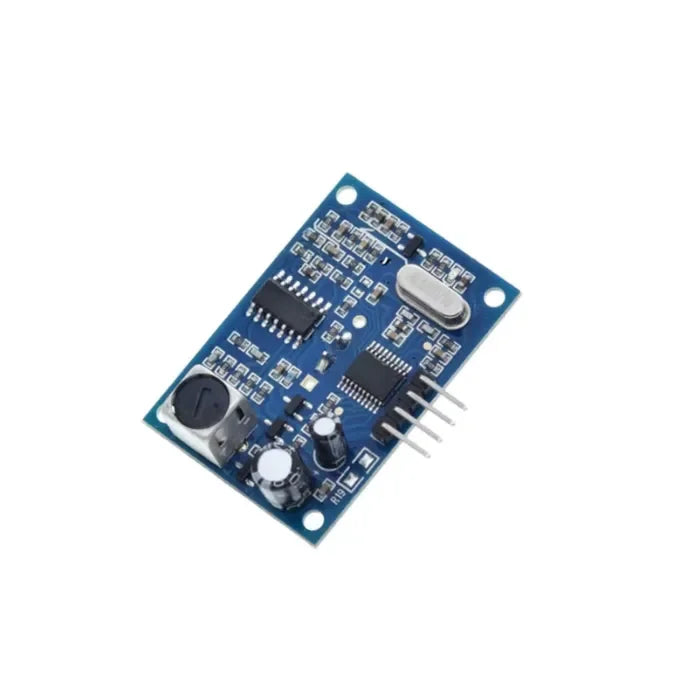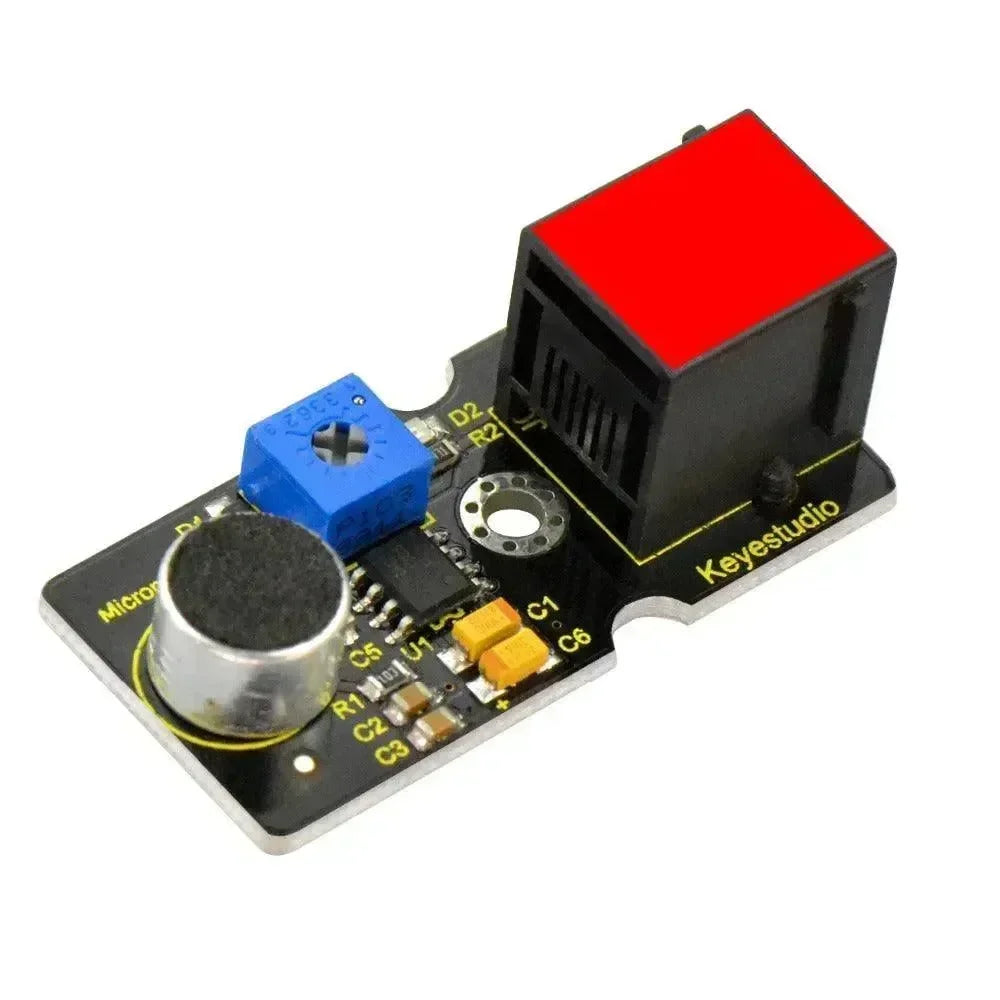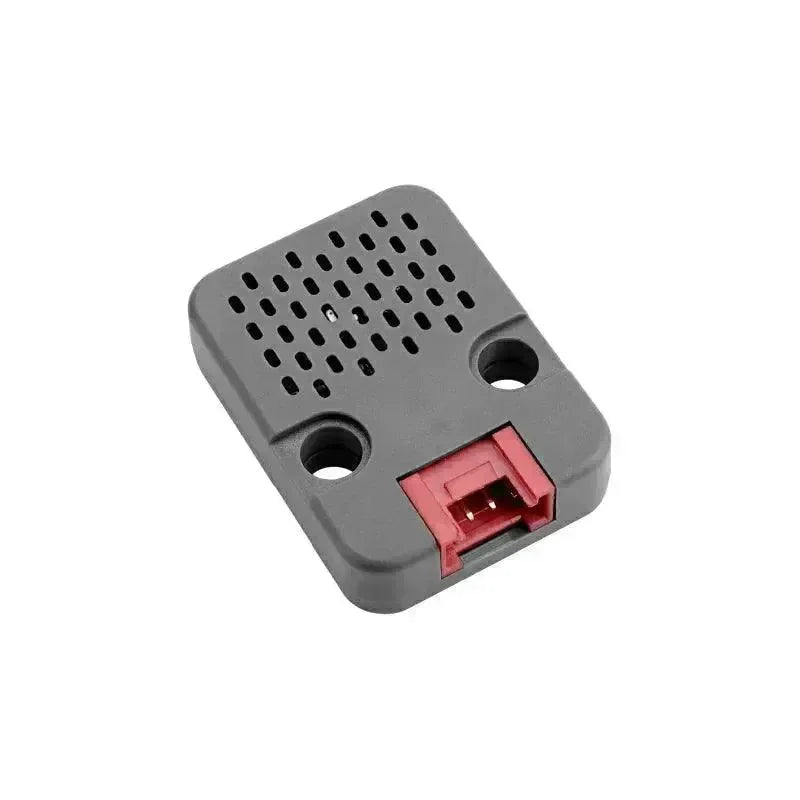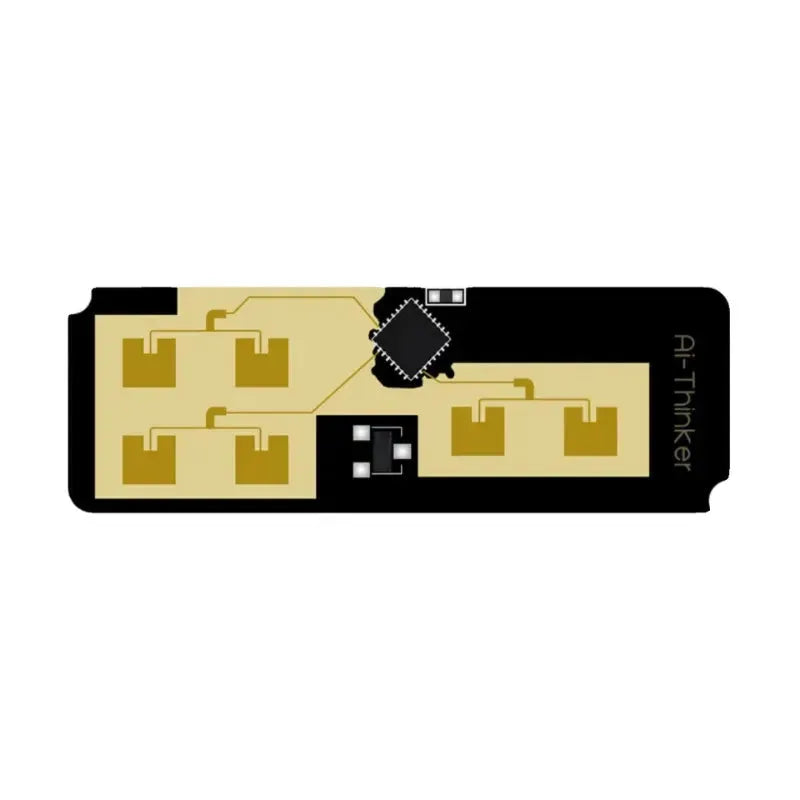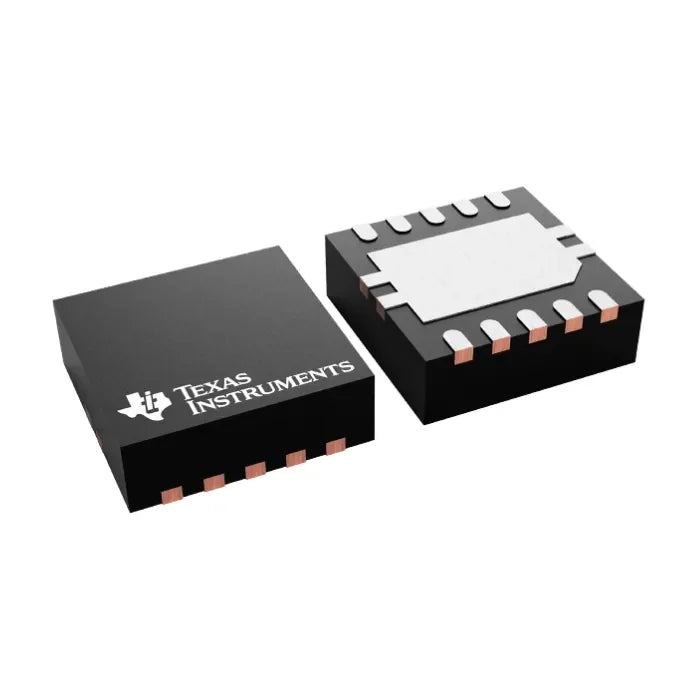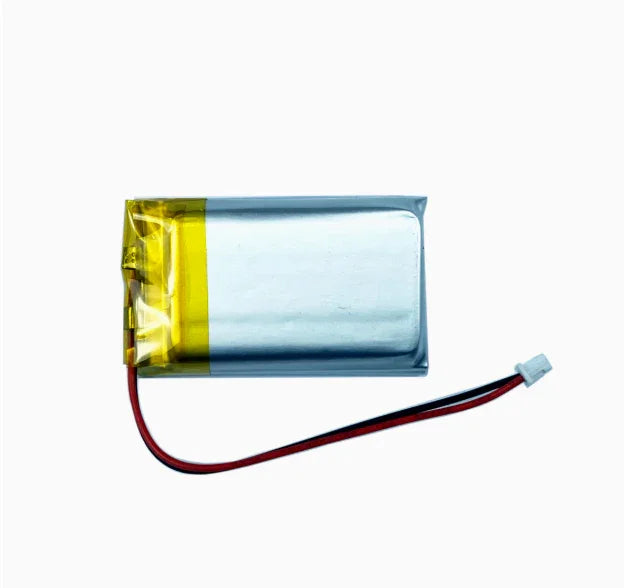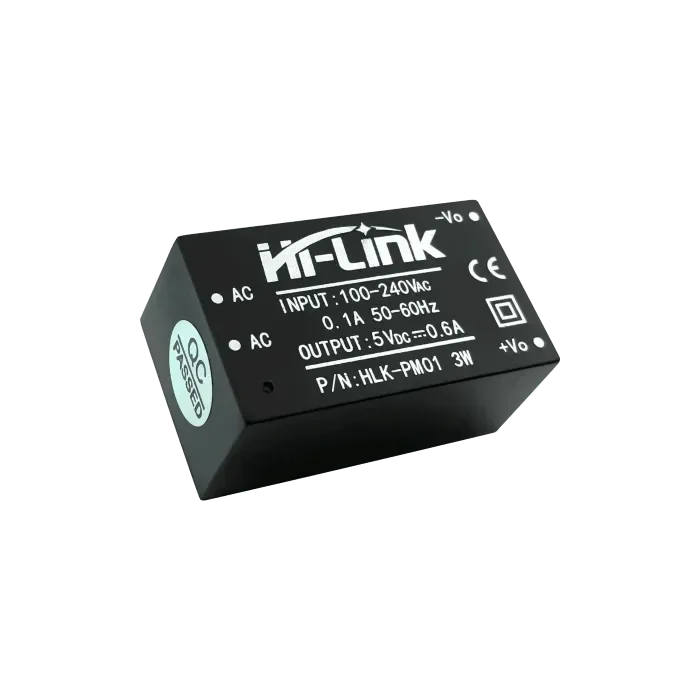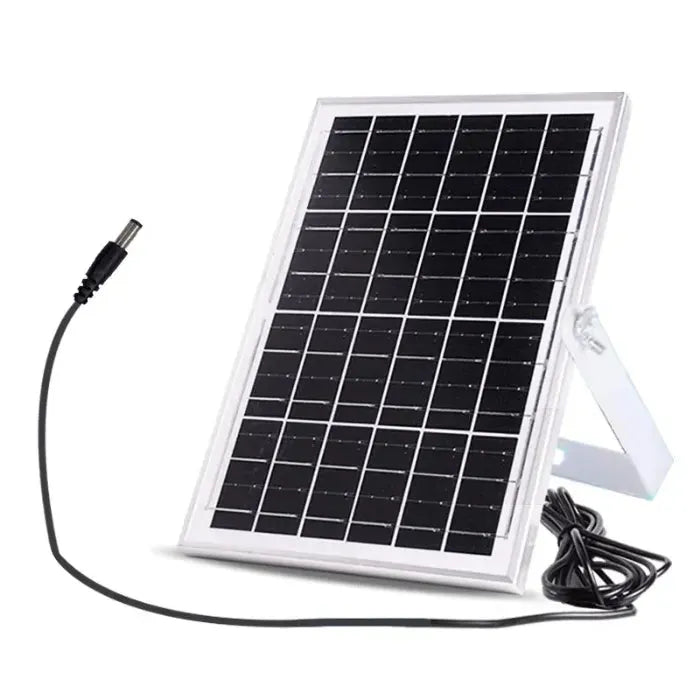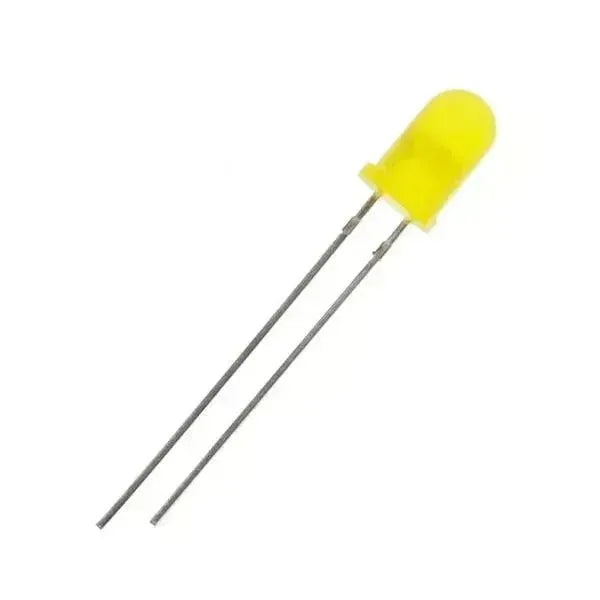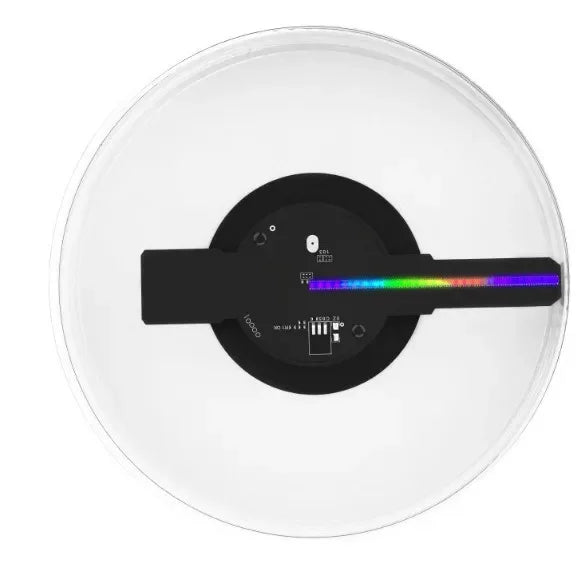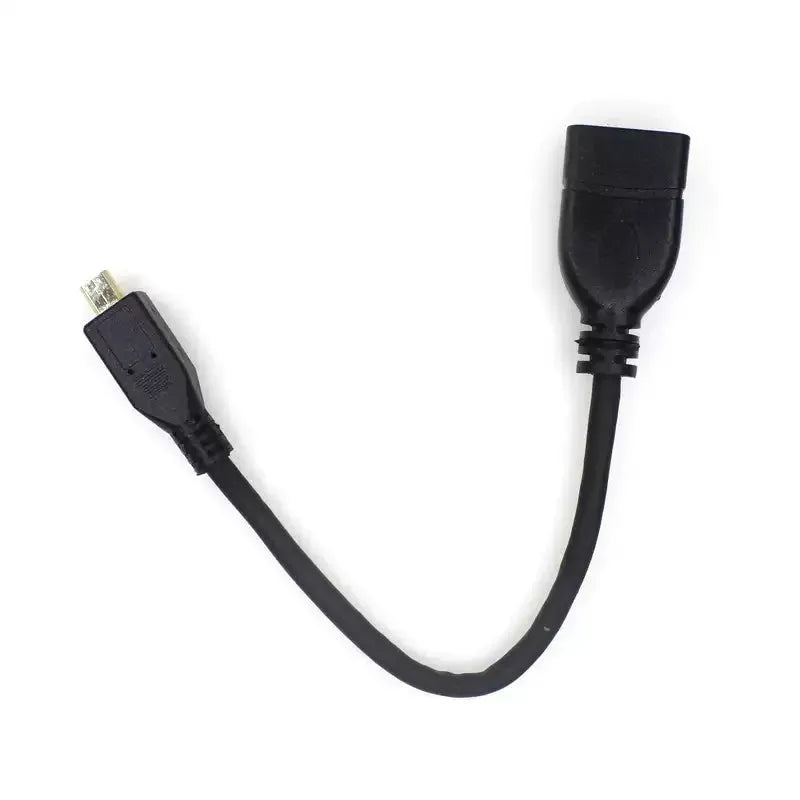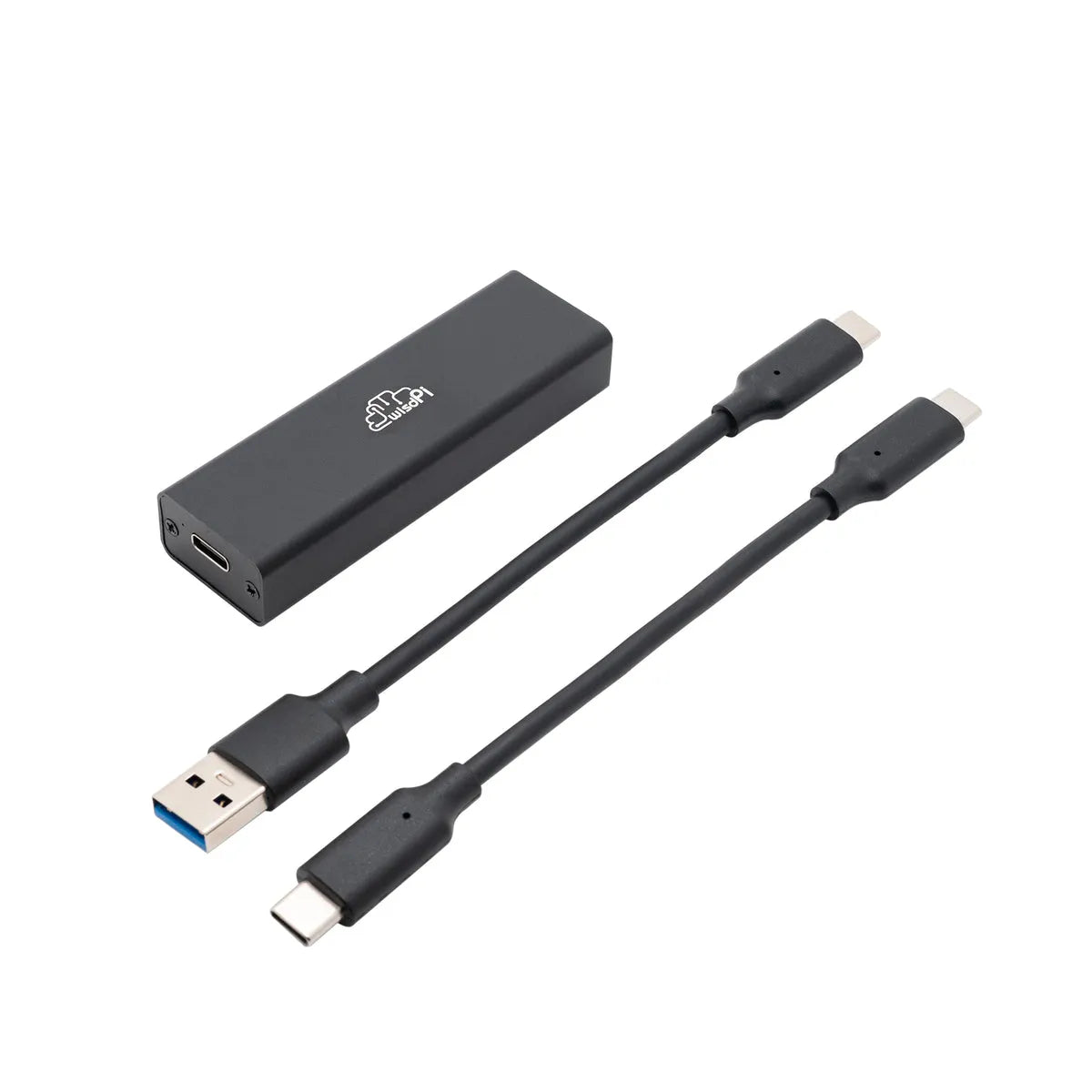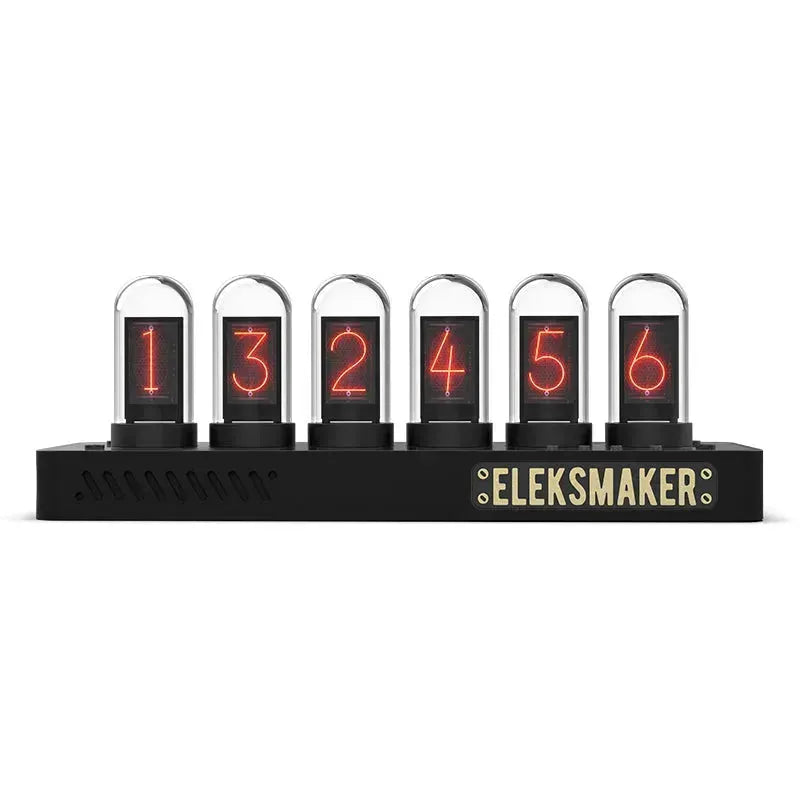What is Bruce Firmware?
Bruce Firmware is an open‑source firmware for ESP32‑based boards that consolidates a wide range of wireless and hardware tools into a compact, web‑driven platform. With support for Wi‑Fi, Bluetooth, Sub‑GHz (via add‑ons), NFC/RFID and IR, it enables tasks such as captive‑portal demos, packet capture (PCAP), SSID spoofing, HID emulation, RF recording/replay, and on‑device JavaScript scripting — all manageable through a built‑in hotspot and web UI.
Intended for security testing, education and rapid prototyping, Bruce Firmware is best used in controlled, authorized environments: several features can impact privacy or trigger real‑world actions, so always obtain explicit permission and follow applicable laws and organizational policies before testing.

Top 5 Bruce Firmware Features
Evil Portal
Deploy customizable captive portals for phishing simulation and user awareness testing
-
Feature description: Host a custom HTML/CSS/JS login page on the device’s Wi‑Fi hotspot and redirect connected clients to that page to simulate credential collection or display tailored messages. Pages are uploaded via SD card or Web UI; SSID and IP ranges are configurable.
-
Typical use cases: Employee security awareness campaigns; authorized red-team phishing simulations; training demos showing how social-engineering attacks work.
-
Operational notes: Use self-contained pages (no external resource dependencies), test across Android/iOS/Windows for compatibility, and capture activity with logs/PCAP for post-analysis.
-
Compliance: Collecting credentials is highly sensitive—use only with explicit written authorization in controlled environments and include disclosure/rollback steps in engagement plans.
Packet capture & traffic monitoring (RAW Sniffer / PCAP)
Capture wireless handshakes and frames for forensic and troubleshooting purposes
-
Feature description: Monitor Wi‑Fi traffic and save raw captures (PCAP) including EAPOL handshakes and management frames; files are downloadable for offline analysis with Wireshark and other tools.
-
Typical use cases: Wireless authentication troubleshooting, forensic analysis during pen tests, and documenting client-AP interactions for security audits.
-
Operational notes: Choose correct channel/monitor mode, position near targets to reduce packet loss, and manage PCAP size by rotating captures or setting limits.
-
Compliance: Packet capture may touch private data—perform only on authorized networks and sanitize sensitive information before sharing reports.
Bluetooth HID injection & automation (Bad BLE / Bad USB)
Demonstrate physical-access risks with scripted input emulation
-
Feature description: Emulate Bluetooth HID devices or USB keyboards to execute automated key sequences or scripts (open terminals, run commands, fetch payloads). Supports platform-adjusted key mappings and configurable delays.
-
Typical use cases: Physical security demos showing risk of peripheral-based attacks, automated configuration in lab environments, and red-team scenarios (authorized only).
-
Operational notes: Tune delays and key mappings for target OS, include confirmations and error handling in scripts, and log execution for auditability.
-
Compliance: HID injection can execute arbitrary commands—use only with explicit permission and prefer simulated demos or recorded runs for marketing materials.
Sub‑GHz signal recording & replay (Scan & Copy / Custom Sub‑GHz)
Test remote controls and access devices by recording and replaying RF signals
-
Feature description: With the proper Sub‑GHz transceiver (e.g., CC1101), scan bands (315/433/868 MHz), save raw waveforms or protocol data, and replay signals to validate device responses or compatibility.
-
Typical use cases: Garage door/remote control compatibility testing, physical security assessments, and interoperability checks with consumer RF devices.
-
Operational notes: Use matched antennas and modules, document capture context (device state, distance), and verify local spectrum regulations prior to replay.
-
Compliance: Replaying signals can trigger physical actions (opens, activations) and may be illegal without authorization—always obtain permission and implement safety controls.
File server & remote management (BruceNet / Web UI)
Simplify demos and deployments with a built‑in hotspot and web-based file manager
-
Feature description: Create a local hotspot (BruceNet) and host a web UI for uploading portal pages, scripts, configs, and firmware. Manage startup items and services directly from the interface.
-
Typical use cases: Distribute demo content in workshops, remotely manage test scripts during training, and quickly deploy configurations during client engagements.
-
Operational notes: Protect hotspots with temporary passwords when in public areas, sanitize demo content to avoid leaking secrets, and use access logs to audit activity.
-
Compliance: An unsecured file server can be abused—use access controls and disable services after demos.

Summarize
Bruce Firmware turns compact ESP32 boards into a versatile, web‑driven toolbox for wireless and hardware testing—combining captive‑portal demos, packet capture, HID emulation, Sub‑GHz RF tooling and an integrated file‑server/scripting interface. These five features highlight its value for security assessments, training and rapid prototyping, but they also carry real privacy, safety and legal risks if used irresponsibly. Use Bruce Firmware in controlled, authorized environments, document and audit all activities, and pair technical demos with clear compliance and rollback plans so stakeholders get practical insight without exposure to unintended harm.
FAQ
Who is Bruce Firmware for?
Primarily targeted at security researchers, red/blue teamers, infosec trainers, and hardware enthusiasts. It’s also suitable for classroom demonstrations and prototyping, but it’s not recommended to perform offensive operations against real targets in production environments without authorization.

Is using Bruce Firmware illegal?
Performing packet capture, signal replay, credential collection, or remote activation on networks or devices without permission may violate privacy, communications, or property laws. Always conduct tests with written authorization, comply with local regulations, and notify relevant stakeholders.
How can I ensure demonstrations or tests are safe and controlled?
Prepare a test plan and rollback procedures in advance, run tools only in isolated test environments or on authorized targets, use temporary/restricted networks and access controls, log all actions, and remove sensitive data and restore systems after testing.
How do I save and analyze captured data (like PCAP)?
Bruce saves captures (PCAP, etc.) as downloadable files. It’s best to analyze them offline with tools like Wireshark, and sanitize sensitive information before sharing results.
What if an accidental operation causes issues on the device or target systems?
Have and test rollback procedures (e.g., restore firmware, restart services, power-cycle), list emergency contacts and remediation steps in the authorization agreement, stop testing immediately if adverse effects occur, document what happened, and notify affected parties.

